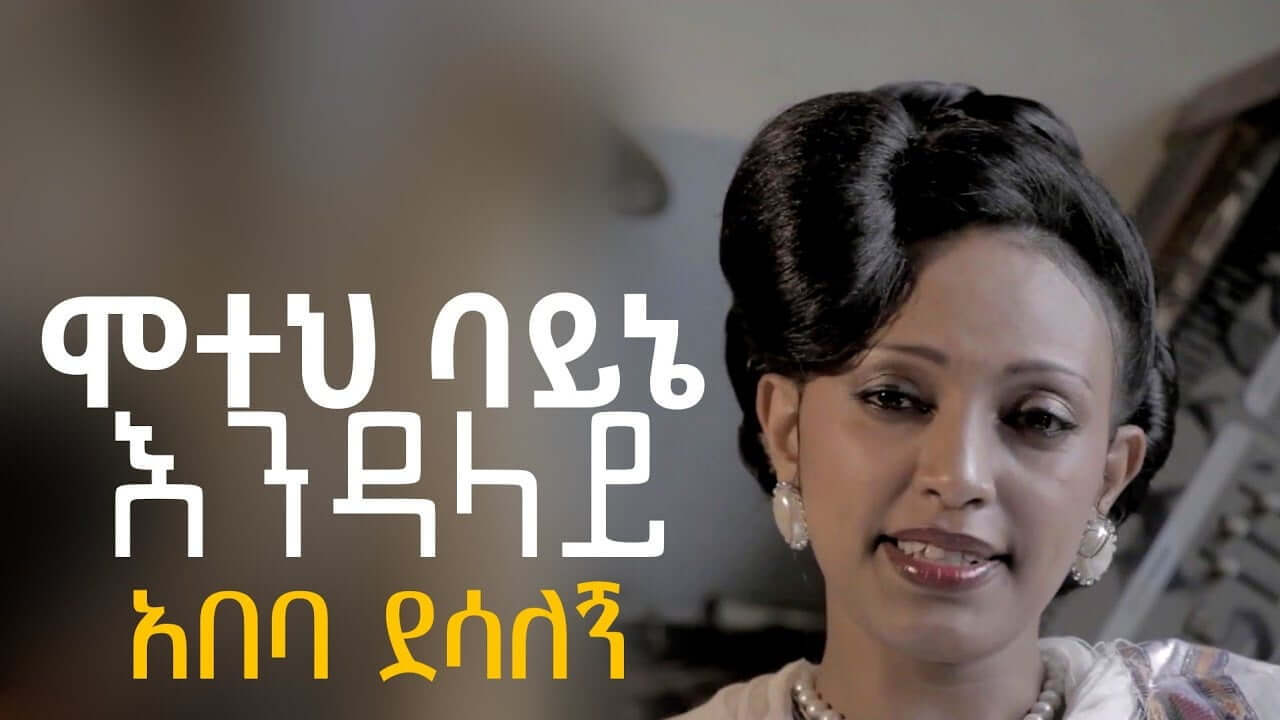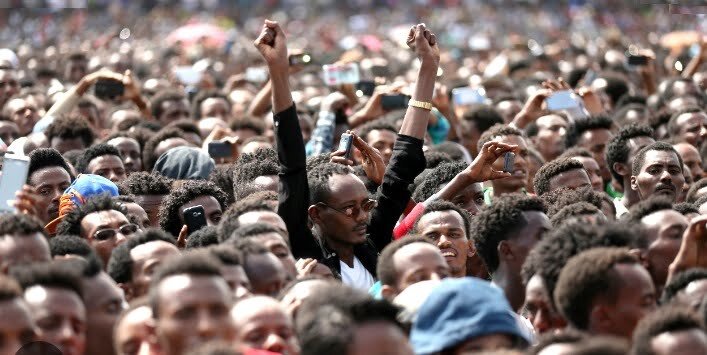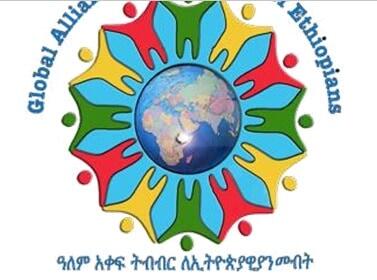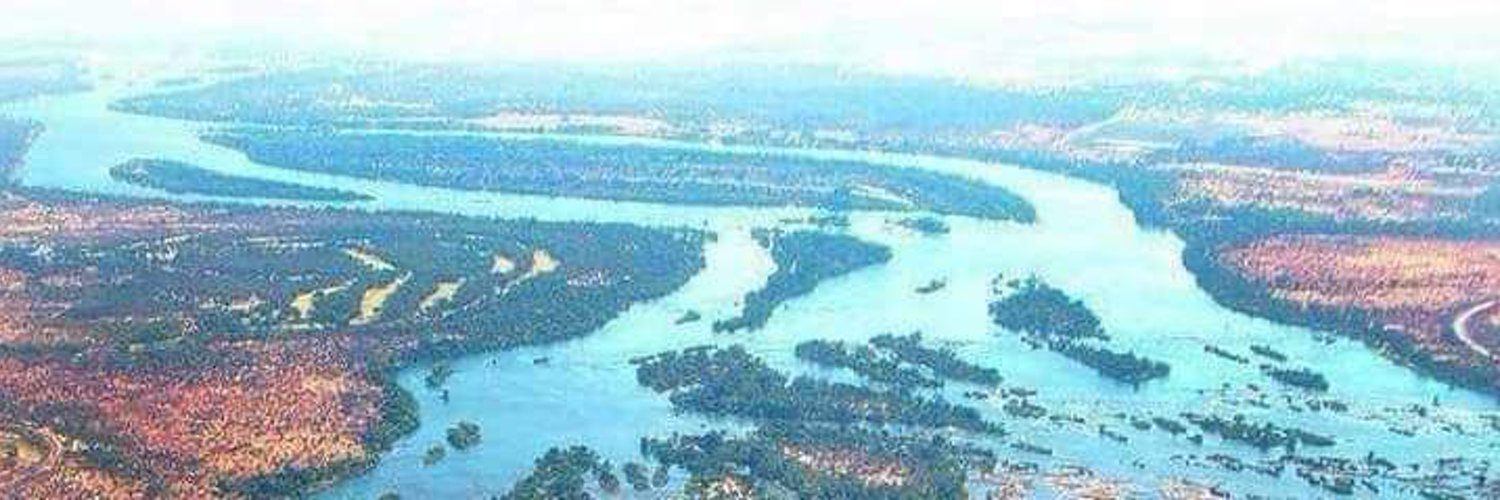By Dr. Suleiman Walhad
May 20th, 2023
 Sudan links the Horn of Africa States with the Sahel region of Africa. Both regions are conflicted, volatile and unsettled, with active terror organizations and foreign interferences at play. With Sudan now conflicted also, it looks that the whole central region of Africa separating North Africa from Sub-Saharan Africa is in flames. This is the region where the dream of a green belt blocking the desert from expanding southwards should have been. It now looks this would not take place, at least, in the foreseeable future. It is also where a transcontinental railway from Djibouti to Dakar would have passed through. It looks that those gargantuan projects are definitely delayed for probably another decade or decades.
Sudan links the Horn of Africa States with the Sahel region of Africa. Both regions are conflicted, volatile and unsettled, with active terror organizations and foreign interferences at play. With Sudan now conflicted also, it looks that the whole central region of Africa separating North Africa from Sub-Saharan Africa is in flames. This is the region where the dream of a green belt blocking the desert from expanding southwards should have been. It now looks this would not take place, at least, in the foreseeable future. It is also where a transcontinental railway from Djibouti to Dakar would have passed through. It looks that those gargantuan projects are definitely delayed for probably another decade or decades.
The question is why is this semi-desertic part of Africa conflicted?
The region has one of the harshest climates and some of the weakest governance infrastructures in the world, which hence affects its developmental processes and security. It is often marked by violence from Somalia, through Ethiopia, Sudan, Chad, Northern Nigeria, Niger, Burkina Faso to Mali, Mauritania and Senegal. It is a large territory stretching for some seven thousand or more kilometers from end to end – from the Atlantic Ocean on the west to the Indian Ocean on the east.
The region is reported to contain huge aquifers, elephantine fields of oil and gas, large deposits of uranium, gold and other natural resources, including lithium, cobalt, diamonds, bauxite and manganese and others. The region is large, dry, full of sand dunes and could only be crossed by caravans in the past. It always acted as a buffer zone between North Africa and tropical Africa with its forests and greeneries.
The region, being dry and harsh, was always spared from large human activities. But science and modern technologies are now allowing people to venture into it and exploit its vast resources. Qaddafi, the ex-leader of Libya, made the first such big venture when he made the vast man-made river dipping into one of the aquifers and transporting its waters to north Africa, through gigantic pipes.
The French exploit its vast uranium deposits, which keep its nuclear energy production facilities running, and, indeed, exploiting its other resources including keeping much of its currencies under its thumb. The Americans, and even the Russians are coming in, these days, to exploit the resources of the region, which is generally inhabited by nomadic pastoralists and subsistence farmers. There are substantial cotton growers in the southern edges of the great Saharan belt, but the locals remain impoverished and poor. However, its vast potential resources are attracting many a nation that is fully aware of the presence of such great wealth underneath the sands of the deserts of the region, and hence the conflicts and the growing disturbances.
A growing Population
The countries of the region are Muslim, in the main, and generally black, but despite the harsh climate they enjoy large populations, probably in the region of half a billion, which is still growing. All of the countries in the region are included in the top countries with the fastest growing populations. This strains employment and especially more so when it comes to the youthful age of the populations. This fast-growing population and accompanying unemployment, allows others to interfere in the region in the ploy of helping but actually exploiting it for their own ends.
Terror Groups
The region is marked by presence of a couple of decades of terrorism, which appears to have been introduced from beyond the region. It is now fully implanted, and the Sudan conflict may very likely link the eastern wings of these terror groups with the western wings which were previously isolated from each other. They move with ease when governance of states are weakened, and Sudan and Ethiopia are both weakened through the civil conflicts in these two major countries of the Sahel belt.
Potential Opportunities
While the region is fraught with many challenges, there remains ample opportunities for an uptake. The Great Green Wall (GGW) would have helped recover large tracts of degraded lands, while the Great Trans African Railway (GTAR) from Djibouti to Dakar, would have helped ease trade and cut costs of transportation for both people and goods from one side of the continent to the other. Note it takes for goods manufactured in East Asia to reach West Africa probably two to three months, excluding the transshipment processes, the cost of warehousing, the time it takes to travel from manufacturing site to port of embarkation or from port of disembarkation to point of sale. Goods intended for a market can take probably three to four months from end to end easily.
The Great Trans African Railway (GTAR) would have reduced the voyage to less than one month and the costs would have also been reduced dramatically as well. The employment involved in the construction of the project and its maintenance thereafter would have added greatly to the region’s wellbeing. Both the Great Green Wall (GGW) and the Great Trans African Railway (GTAR) would have inspired other businesses and growth of the cities along the routes of both projects. The Great Green Wall (GGW) would have become the greatest living infrastructure on earth, also attracting more rain to fall in the region.
Both the GGW and the GTAR would have helped increase intra-African trade tremendously across borders. The GTAR would have had along side the railway a major highway also linking Djibouti to Dakar (the GTAHW). Both infrastructures would have supported a growth of business and trade in the region but also on both sides to the north and the to the south of the GGW, GTAR and the GTAHW.
The GTAR and the GRAHW would also help Africa and the Sahel region export its minerals more easily and cost effectively. They would allow penetration of the hinterlands of the continent, which today seems almost impossible or at best difficult. They would allow more people on the continent to travel to each other and create an expanding tourism within the continent, which at present is almost impossible.
All three projects would create a new environment, which would help not only in the recovery of more lands for cultivation and food production, but also create sustainable economic infrastructures that would keep the youthful population of the region employed. Thes opportunities would involve growth of more cities and more urbanized populations in the continent and the region, which would allow more visitors from other continents to the region. Indeed, such projects would recreate a better social infrastructure and more organized political settlement than is the case currently.
The Egyptian Factor
Sudan remains to be a main conduit for the River Nile. Actually it is the confluence between the Blue Nile and the White Nile in Khartoum. Sudan thus also relies on the waters of the Nile as much as Ethiopia, one of the main sources of the river and Egypt, the country on the north of Sudan. Ethiopia has built a massive dam on the Blue Nile to generate power for its large and growing population, while Egypt is alarmed by the size and significance of the GERD, and in particular with respect to its large population which rely on the Nile for most their freshwater. The Sudan conflict has thus also caused more turmoil in the relations between the Horn of Africa States region and Egypt and Sudan itself. What would Egypt do if a party antagonistic to it, takes power in Sudan? This would have repercussions on the Horn of Africa States region.
The GCC Factor
The GCC countries are involved in the Horn of Africa region but also in other parts of Arab Africa including Egypt, Libya, Tunisia and others. The GCC countries treat the Horn of Africa States region as its backyard and are particularly wary of any other major regional force such as Turkey when they show up in the region. The GCC’s reported involvement in Sudan and even Egypt should also remain a major concern for the Horn of Africa States region.
Major Powers
There is no doubt that major powers such as the United States, some European countries, China and even Russia are indirectly involved in the conflict of Sudan. Their concerns in the country would no doubt involve the Horn of Africa States region. Note nearly all of these major powers have bases in the region and for that matter special envoys, highlighting the importance they attach to the region and what happens there.
HAS Needs to Help End the Unnecessary Fighting in Sudan
The conflict in Sudan, would appear to be a harbinger of further delays in many of the regional projects and hence more chaos, not only in the Sahel region in the west but also in the Horn of Africa States, which is on the other end of the trail. This necessitates the Horn of Africa States that it should not take the situation in Sudan lightly and they should help settle it as quickly as they can. The UN is, as usual, getting involved without truly having any solutions for the issues in the country. It would just become another begging bowl for the UN organizations wherein they call for additional funds to help the poor of Sudan, the hungry and the displaced, when actually most of the collected funds would be spent on the fattened organization and its administrative personnel. They already put in place the same infrastructures they have in the DR Congo or similar other places of conflict. They call it the UN Integrated Transition Assistance Mission Sudan (UNITAMS). What are they integrating?
Fires that are not extinguished early tend to spread more and more. The region is already involved in its own crises such as those of Somalia and Ethiopia. There would be more refugees and there would be more mouths to feed, including those who currently barely produce their own food. The security of the region, which is already precarious, would also be affected more and this calls for the regional leaders of the Horn of Africa States, at least, to sit down together as a region to address the situation and come up with regional solutions to growing conflict in Sudan.
Rebellions tend to split further as conflicts expand and therefore, it is always important to settle the conflict early through support of the authority in the country, the government. The government should also be prodded to abide by the rule of law in the country and not treat every supporter of the rebels as an enemy of the country, which usually they are not. The Horn of Africa States should directly approach the contending parties, using its own experiences in dealing with its own long conflicts, to help create a working environment between the antagonists. The people of Sudan are by nature a peaceful population and they would listen to the solutions proposed by good and earnest friends.
It is important that the Horn of Africa States region, clearly makes a strategic calculation in the matters that concern Sudan. Sudan currently stands alone in the matrix of workable blocks. Although Sudan is an active member of the Arab League, that organization itself is dysfunctional and would not be helpful for Sudan. Sudan is also a member in the other dysfunctional organization of IGAD based in Djibouti and would not be helpful either, which thus leaves the Horn of Africa States region to play a leading role in reconciling the warring parties. The Horn of Africa States should consider including the Sudan as potential member of the original four SEED countries of Somalia, Ethiopia, Eritrea and Djibouti. The Horn of Africa States region would then consist of the Somalia, Ethiopia, Sudan, Eritrea, and Djibouti (“SESED”), which would have a surface area of some 3.8 million square kilometers, a population of some two hundred million people and a coastal belt of some 5555 km, presenting an equally sizeable marine exclusive economic exploitation zone of nearly a million square km.
The Horn of Africa States and particularly Ethiopia, which has a long border with Sudan and, of course, shares the waters of the Blue Nile with the country, should be taking the lead in effectively settling the conflict between the two conflicting parties, which is not in the interest of the State and people of Sudan. A successful negotiation that leads to a permanent ceasefire and settlement between the two factions would put the Horn of Africa States on the map.
This would no doubt irk Egypt as Sudan gets closer to the Horn of Africa States region. But this should not be the case because the H.A.S. region would not embark on fingering others when it has to deal with its own problems. Perhaps this would lead to a final settlement of the River Nile issue which has been a pain in the northeast Africa region for the past several decades.

















